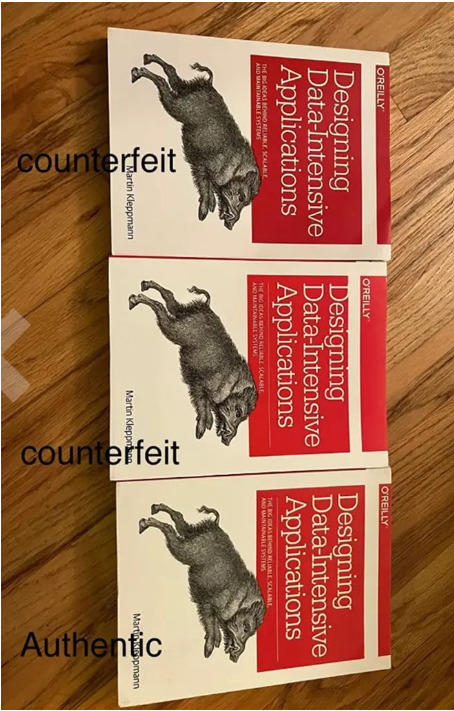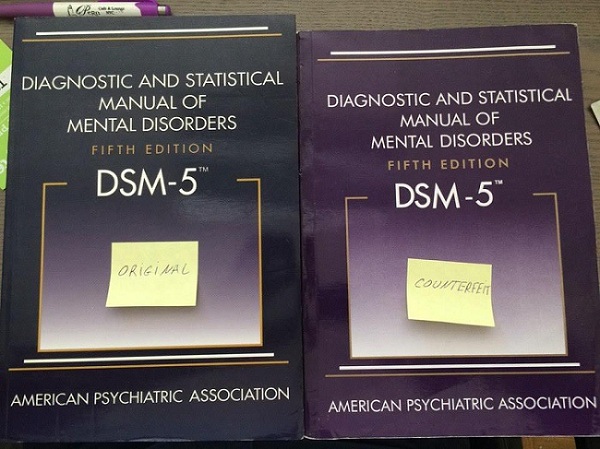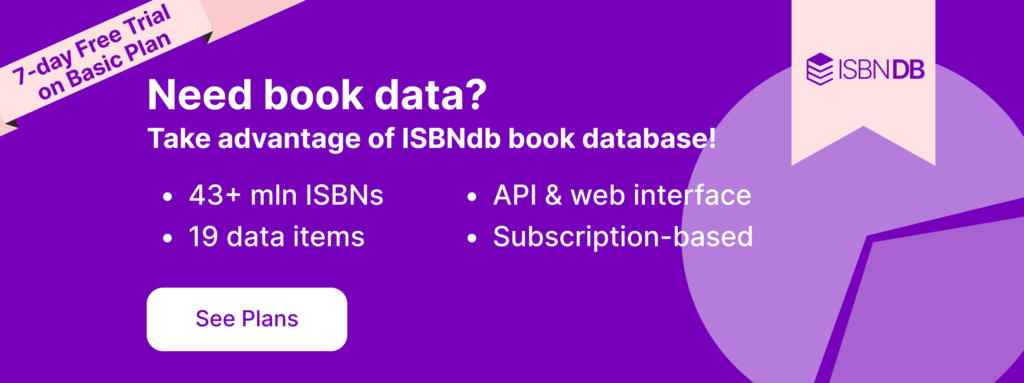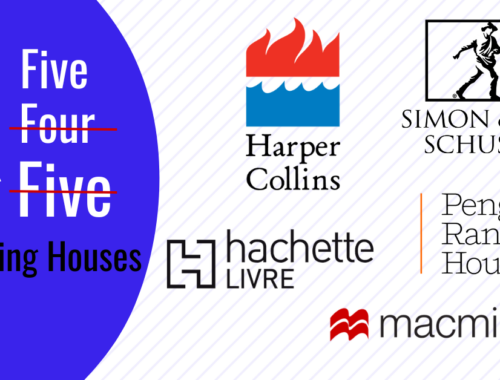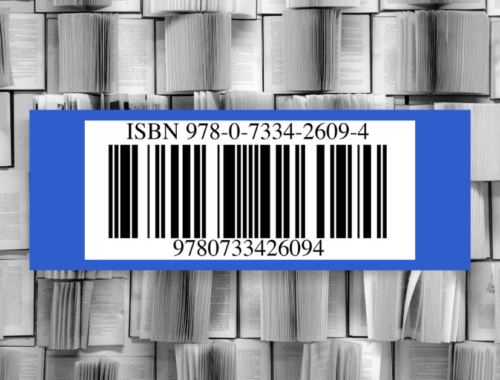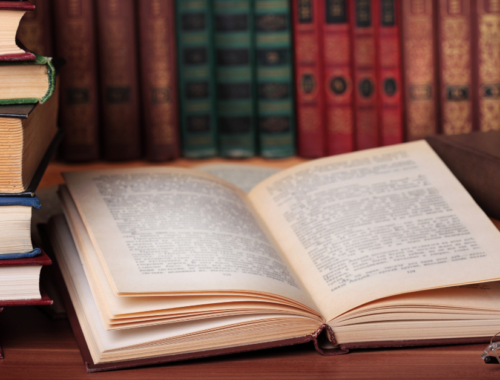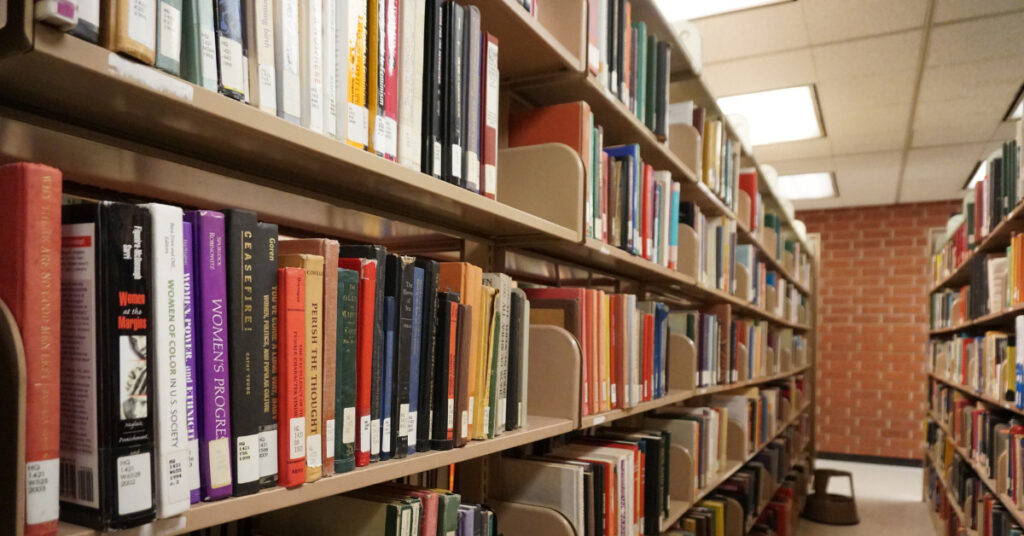
Everyone, who has worked in the book industry for a significant period of time, is aware of the counterfeit books problem. So when you source books not directly from a publisher, e.g., buy used books from the general public, organizations, or even Amazon, you need to check if the books you purchase are genuine.
It is important to distinguish between counterfeit books and international or Eastern Economy editions, which are produced legally. Counterfeit books are produced illegally and are often sold by third-party sellers on various marketplaces, including the biggest ones. Like all pirated copies of copyrighted works, they are against the law.
- Is the Counterfeit Books Issue Serious?
- I Just Resell Books. Why Should I Care if They are Counterfeit or not?
- How to Check Books for Counterfeit
- Is There a Way to Check, Which Books Are Likely to Be Pirated?
Is the Counterfeit Books Issue Serious?
It’s a huge problem. For example, Antimicrobial Therapy purchased 34 of its “The Sanford Guide to Antimicrobial Therapy” handbooks on Amazon. At least 30 of them were counterfeits. Needless to say, this results in huge losses for publishers and authors.
On top of financial losses, it’s the authors who also suffer from the bad quality of pirated copies of their books. Martin Kleppmann is the author of a data modeling textbook sold on Amazon. The book received one-star Amazon reviews, in which customers complained about the unreadable text, missing pages, see-through paper, and other quality problems caused by pirated copies.
I Just Resell Books. Why Should I Care if They are Counterfeit or not?
Counterfeit books are against the law. So by selling pirated books, even being unaware of their illegal origin, you commit copyright infringement. Consequently, you may have to pay statutory damages, which are usually between $750 and $30,000 per work. If the infringement is proved to be willful, the damage amount can grow up to $150,000 per work. And that’s not including the court expenses. Moral issues aside, making a few bucks on an illegal copy of the book just isn’t worth the potential trouble.
How to Check Books for Counterfeit
Always check if the books you are buying are original. Counterfeit books can have a number of characteristics:
- Low-quality binding. The glue may have a different color, it may be spread unevenly, and have a bad smell. The spine of the book may be too flat or, vice versa, bent.
- Second-rate paper. Pages may be thinner, unevenly cut and made of plain cheap paper instead of glossy one.
- Bad print quality. To produce a pirated copy, original books get scanned, with the content copied by special software, which is not always accurate. This leads to discrepancies – text may overlap, pages may be missing, blurry black-and-white images instead of sharp colored ones, there may be misprints, and so on.
- Different book dimensions. To use less paper, pirates make the counterfeit books narrower than the original ones. Counterfeit books may be thicker or thinner because of low-quality paper.
- Low-grade cover quality. Book titles and author names not centered properly, the cover art of low quality, the color scheme may differ, unclear writing, and pixelated images.
- Barcode. On pirated books, it may look a bit blurry or with a hint of color. Original barcodes are usually very sharp and black-and-white.
- Flyleaves and copyright page. Counterfeit books may miss both flyleaves and the copyright page.
- Headband. On pirated books, headband patterns or colors may differ.
- ISBN. Check the book’s ISBN. If all the book information, including the title, edition, etc, matches, but the appearance is very different from the original, and the book is not marked as an international or instructor’s version, it is most likely a counterfeit. You can use ISBNdb to quickly check the ISBN of your book.
Is There a Way to Check, Which Books Are Likely to Be Pirated?
Fortunately yes. There is a book counterfeit risk check tool, with the help of which you can check how likely a book is to be counterfeit. Please be aware that the data provided by the tool is subjective and is for informative purposes only.
Conclusion
Life in the book industry is tricky enough. Don’t make it even trickier by ignoring the counterfeit books problem. Always check if the books you are buying are original to ensure the stability and safety of your business.


